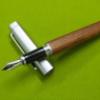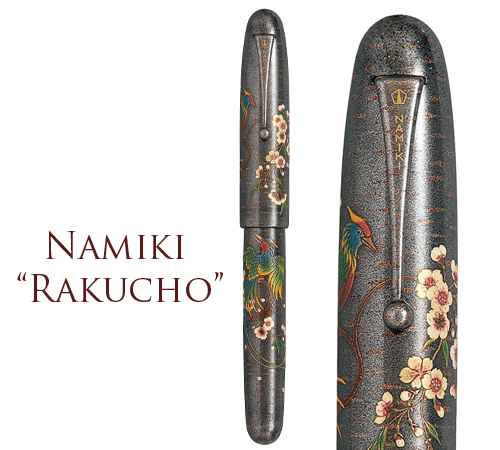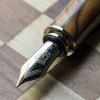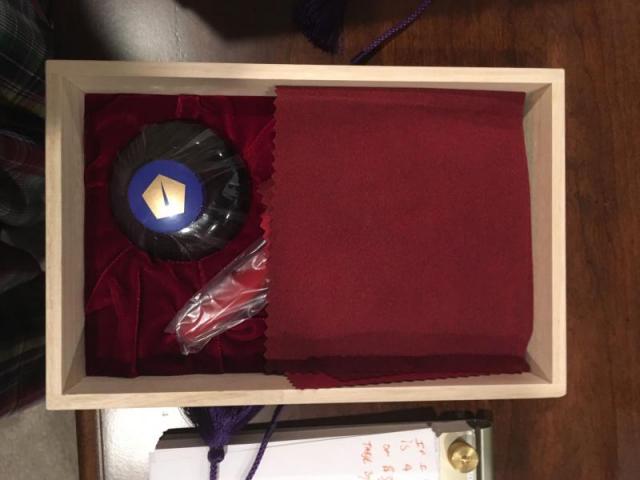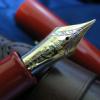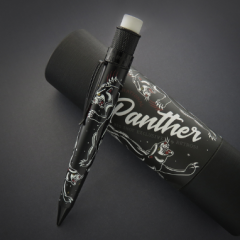Search the Community
Showing results for tags 'emperor'.
-
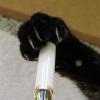
Danitrio Mikado eyedropper pen leaked-a comparison with a Namiki Emperor
jandrese posted a topic in Japan - Asia
One of my Danitrio Mikado (eyedropper filling model) pens leaked on me at work. That is Noodler’s Navy you see on the section in the first image. I collect Danitrio and this sort of thing happens more often than I care to admit on their eyedropper filling pens. I still collect Danitrio but stopped b... -
Shooting the Sailor Bespoke KOP Chinkin Owl for Dromgoole’s inspired me to pull out my Namiki Emperor Chinkin Dragon and run it through the focus stacked macro ringer. I’d say it availed itself. F8B88398-F81A-4B6A-A5F5-C981F315526F by Ja Ja, on Flickr EE178EB1-23E4-4056-B7BB...
-
Some pictures of the no 50 nib found on the Namiki Emperor. http://i991.photobucket.com/albums/af39/hari3171/Namiki%20Emperor%20Pavilion/IMG_0179.jpg 43.5mm long from tip to heel: http://i991.photobucket.com/albums/af39/hari3171/Namiki%20Emperor%20Pavilion/IMG_0180.jpg 11mm wide across shoulde...
-
Another new Namiki : the Emperor Rakucho and Cherry Blossom. The Rakucho is an imaginary bird flying in paradise. Represented as a couple, it suggests the hope of a long and happy marriage, accompanied by a mutual desire for eternity. Cherry blossom petals are inlaid with mother of pearl and polishe...
-
Dazzled by the resplendent allure of a Japanese ED (with the concept of a shut-off valve mechanism), the lust for an urushi lacquered pen vis-a-vis plain ebonite ones (seemingly susceptible to lose shine and colour over time) did keep growing on me for some time, before I took this plunge! I have co...
- 152 replies
-
Hello fellow pen enthusiasts, So far I have seen just one review on the internet for this pen and I strongly felt it merited another look. The comments about it being a baseball bat are, though funny and mostly in good humor, about as appropriate as saying Babe Ruth's bat was but a twig to be burn...
-
Namiki Emperor Limited Edition 2019 SHOKI. Expected in October but already in stock! In the Edo period, a man appeared to be a brilliant physician, but the Emperor revoked him due to his ugly appearance: long beard with a mustache, big white eyes in a scowling face, dressed in odd clothes. The phy...
-
I Just Received A Namiki Emperor- Advice On Filling The Eyedropper With Maki-E
Mayacamas posted a topic in Japan - Asia
Hello, I've been a collector of Namiki pens for awhile, and I I just purchased my first Emperor. This is my first eyedropper pen, and although I understand the mechanism to fill, I am concerned that using silicon grease may hurt the Maki-e. Anyone with experience on using this pen? Thank you,...- 2 replies
-
- maki-e
- eyedropper
-
(and 2 more)
Tagged with:
-
Battle of the Big Reds http://farm6.staticflickr.com/5480/11931434345_5ea0b7cbff_b.jpg From top to bottom: Sailor King of Pen in Crimson Urushi, Namiki Emperor in Vermilion Urushi, Namiki Yukari Royale in Vermilion Urushi. They are resting on a Nakaya three-pen pillow in Kuro-Tamenuri Urushi. In...
- 11 replies
-
- namiki
- yukari royale
-
(and 6 more)
Tagged with:
-
A new pen Ive been using recently reminds me of a concept in psychologist Daniel Kahnemans book, Thinking, Fast and Slow. The book starts with the idea that we have two ways of thinking. System 1, the fast way, is instinctual, prone to snap judgments (which are often valuable and sometimes not), and...
-
Soon to arrive to our location is one of Namiki's latest Emperor writing instruments, the Maneki-neko, which was released in October of this year. Wishing Good Luck, Fortune and Business Prosperity! The body of the Emperor sized pen has been decorated by skilled artisan Masaru Hayashi em...
-
- namiki
- manekineko
- (and 5 more)
-
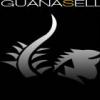
Now Available: Namiki Emperor Maki-E Maneki-Neko Limited Edition
Iguana Sell posted a topic in The Mall
The 2016 new Namiki Emperor Maki-e Maneki-Neko is now available! The Limited Edition is decorated by Masaru Hayashi, a Japanese artisan, using the Maki-e technique. On the decorations we can find a Maneki-neko, a dressed cat with a lifted paw which symbolizes fortune, good luck and is used as a ta... -
We are delighted to announce a new Namiki Emperor will launch this November 2016. The dragon, is one of Asia's most important mythical creatures and it will be the one to adorn this new version of Namiki Emperor fountain pen. Endowed with supernatural powers, this creature is usually linked to...
-
Hero 100 'emperor' - 2016 Model
capillaryAction posted a topic in China, Korea and Others (Far East, Asia)
I've been reading many helpful reviews here on FPN as I get on my collecting journal, this is the first time I'm posting with a question. Anyone have experience with the Hero 100 "Emperor" 2016 model?, as shown in this ebay posting: http://www.ebay.com/itm/2016-Model-Hero-Emperor-100-Fountain-Pen-... -
Hello my name is jonas I live in Paris and I am looking to buy a namiki yukari or a namiki emperor in black or vermillion. The pen nib is not important. If anyone want to sell, please contact me. Thanks ! Jonas
-
Hello! I am searching for a second hand Namiki emperor or Yukari royale in vermillon lacquer or black lacquer. Does anyone of you have one he might want to sell? Thanks a lot. Jonas
-
Looking To Buy A Namiki Emperor Red Vermillion Urushi Fountainpen, Anyone Help?
dior523 posted a topic in Japan - Asia
Hi everyone, I am looking to buy a Namiki Emperor Red Vermillion Urushi Fountain pen, Anyone help? Please recommand any on line shop and personal seller is fine. Thank you for your help!


